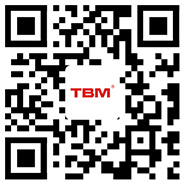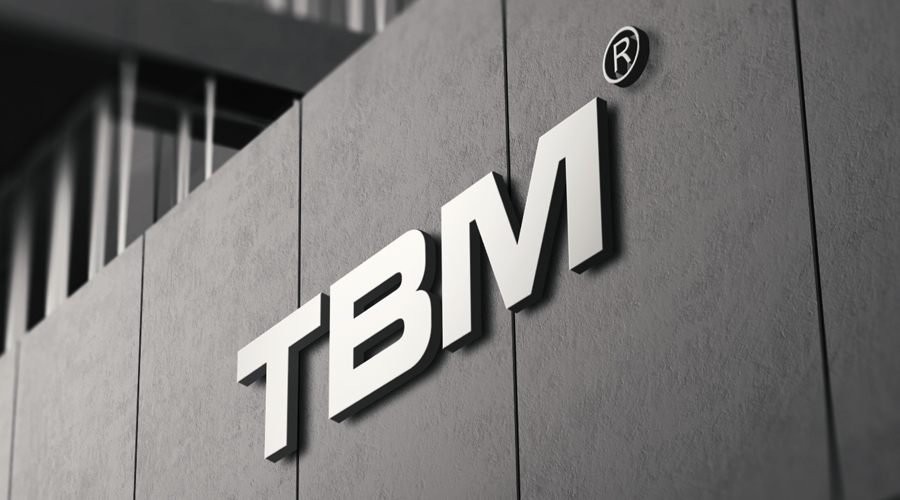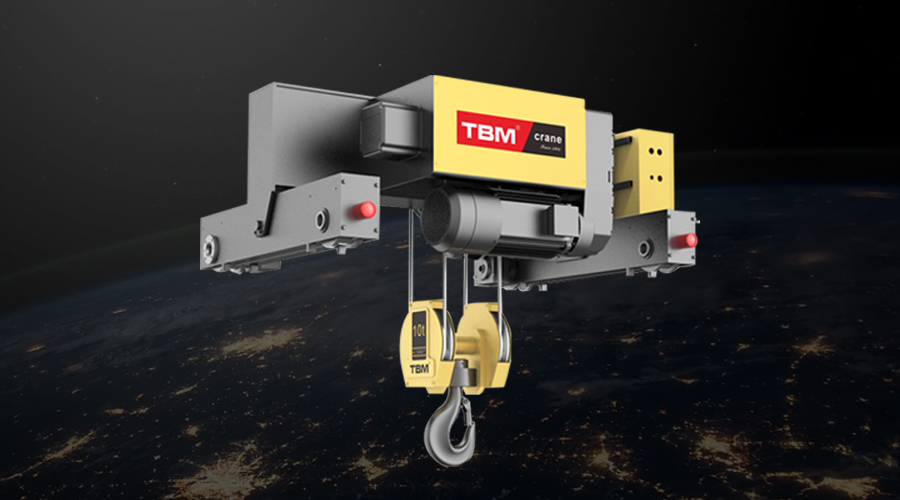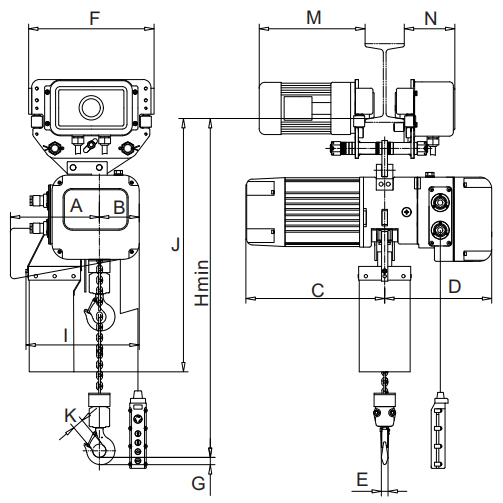Mechanical vibration refers to the reciprocating motion of an object or mass point near its equilibrium position. Mechanical equipment vibration is caused by repeated and regular movements of mechanical equipment. After the mechanical equipment vibrates, it will cause certain harm and reduce the working performance of the mechanical equipment. Generally, as long as the vibration of the machine (such as displacement, speed, acceleration, etc.) does not exceed the allowable standard range, the damage it suffers can be ignored. However, once the mechanical equipment exhibits abnormal vibration or the vibration amplitude exceeds the allowable range, the mechanical equipment will generate greater dynamic load and noise. Certain parts are subject to additional loads, abrasion, fatigue, rupture and other problems will be exacerbated, which will affect the working life and performance of mechanical equipment. In severe cases, it will also cause mechanical equipment parts to fail or fail prematurely. Collect vibration signals. Perform fault diagnosis based on vibration signals, accurately determine the cause and location of the fault, and take emergency measures to deal with abnormal vibration of mechanical equipment, so as to ensure the normal operation of mechanical equipment, improve the working quality and performance of mechanical equipment, and extend it Longevity, to maximize its economic value.
1. Reasons for vibration of mechanical equipment
In the actual mechanical production process, vibration failures of mechanical equipment are different. Generally speaking, common mechanical equipment vibration is related to rotation.
1. Abnormal vibration of the rotor
The rotor in the mechanical equipment is affected by the shape asymmetry, the uneven density of the materials used, and the errors generated during processing or installation, resulting in the imbalance in the radial section and the uneven mass distribution, resulting in the rotor and the shaft The loose separation between. When the rotor rotates, centrifugal force will be generated from the unbalanced amount on each radial section, and the direction of the centrifugal force will also be changed periodically with the rotation of the rotor, which will cause abnormal vibration and make the center of rotation of the rotor position Constant changes occur, causing vibration failures, which can easily cause great wear and deformation to the bearings that support the rotation of the rotor.
2. Motor vibration failure
Generally speaking, the main cause of motor vibration failure is the asymmetrical installation of the rotor during the assembly of the motor, or the uneven and unstable voltage between the rotor and the stator. When the motor runs for a long time, the rotor core and the shaft are prone to loosening. The rotor is prone to cracks between the two under the action of magnetic pulling force, causing the rotor to loosen the shaft system during the friction process of high-speed rotation, and the motor produces vibration failure. When the vibration intensity value exceeds the allowable range when the motor is running, the motor will vibrate strongly, accompanied by loud noise. If it is allowed to develop at this time, it will cause problems such as burning of the motor coil, short circuit of the motor, and serious bearing wear.
3. Vibration failure in gear drive
Gear transmission is the most commonly used transmission mechanism in mechanical equipment. In the transmission process of the gear, due to the high-speed rotation of the gear, once the fluctuation amplitude exceeds the allowable range load, the gear will accelerate wear in a short time. The wear and deformation of the gear will cause abnormal vibration of the gear and induce vibration failure. In severe cases, the tooth root will break and affect the normal operation of mechanical equipment.
4. Vibration failure of rolling bearings
Rolling bearings are commonly used transmission parts in mechanical equipment. When the rolling bearing is in operation, the passing frequency of the inner and outer rings must be kept consistent with the standard value. Once the passing frequency of the inner and outer rings is different from the standard value, it will cause abnormal vibration of the rolling bearing, and aggravate the degree of wear and deformation of the rolling bearing in a short time. Eventually induce mechanical equipment failure, affecting the safe use of mechanical equipment.
2, the diagnosis process of mechanical vibration failure
Under long-term and high-load operation, mechanical equipment is prone to various failures. The diagnosis of mechanical vibration faults is to use testing instruments to collect the original vibration signals of the mechanical equipment, analyze the detected data, and reduce the vibration signals. Noise processing, remove the noise and impurities contained in the signal, and extract key fault information. Then refer to the judgment standard of mechanical vibration failure, and compare with normal vibration data, and finally form a data report to diagnose the cause of mechanical equipment failure. Only by making a clear and clear judgment of the fault can the accuracy of the judgment of mechanical vibration fault be improved. Corresponding measures should be taken to deal with the cause of the failure, scientific and reasonable repair and maintenance of the mechanical equipment, to avoid the problem of misjudgment of the failure, and reduce the loss of the mechanical product during the use of the mechanical equipment.
In the actual use of mechanical equipment, equipment managers and operators usually need to combine their own work experience and work experience according to the working conditions of the mechanical equipment when they are faced with equipment working status, detection devices, actual operation, bearing types, etc. Professional skills, refer to the previous maintenance standards of machinery and equipment, and develop fault judgment standards suitable for their own factories. This standard includes physical parameter standards such as the frequency and amplitude of mechanical equipment vibration faults, which can be used as a standard reference for subsequent fault diagnosis.
3. Common fault vibration diagnosis methods
Vibration diagnosis of mechanical equipment is actually through signal processing and analysis of the collected vibration signals in the time domain, amplitude domain, and frequency domain on the three-dimensional graph to determine the cause of the failure and find the location of the failure. At present, the vibration diagnosis methods commonly used in the world mainly include:
1. Waveform analysis method
The waveform analysis method analyzes the vibration signal in the time domain and the amplitude domain. By analyzing the shape of the signal spectrum curve, the parameters that characterize the curve shape are extracted, and the similarity of these parameters is used as a measure of the similarity of the spectrum. Compare these parameters with the judging criteria of mechanical vibration failures to identify the cause of the failure hidden in the vibration signal and locate the location of the failure.
The application process of the waveform analysis method in vibration diagnosis is as follows:
-
Use testing instruments to collect the original vibration signals of mechanical equipment;
-
Determine the distribution of vibration signal waveform parameters in the time domain and amplitude domain, and find the maximum amplitude;
-
Analyze and determine the frequency value of each harmonic component;
-
Calculate the phase lag and time lag of the vibration signal waveform;
-
Perform inversion according to the distortion status of the waveform and calculate the true waveform;
-
Calculate the attenuation coefficient of free vibration waveform and the damping value of the vibration system;
-
Construct the correlation network between the waveform and the actual physical phenomenon, and construct the correlation network between the vibration wave and the waveform characteristics of the mechanical equipment in the normal operating state;
-
Through correlation analysis, the similarity between the vibration waveform and the vibration waveform of the mechanical equipment in the normal operating state is calculated.Through correlation analysis, the similarity between the vibration waveform and the vibration waveform of the mechanical equipment in the normal operating state is calculated.
2. Spectrum analysis method
The spectrum analysis method is a method of transforming the time domain signal to the frequency domain and analyzing the dynamic signal in the frequency domain. It decomposes the complex time history waveform into a number of single harmonic components through Fourier transform to obtain the frequency structure of the signal and the information of each harmonic and phase. The analysis result is based on the frequency as the coordinate of each physical quantity Spectral lines and curves. The purpose is to provide conditions for solving problems such as vibration reduction, amplitude vibration, etc., to help identify the cause of the fault hidden in the vibration signal, and to locate the location of the fault.
The use process of spectrum analysis method in vibration diagnosis is as follows:
-
Calculate each frequency distribution range in the dynamic vibration signal;
-
Calculate the distribution of each frequency of the dynamic vibration signal in the amplitude domain and capacity distribution, and obtain the frequency value of the main amplitude and energy distribution;
-
Analyze the test waveform and calculate its frequency components and amplitude to correct the test waveform;
-
The frequency value, amplitude, phase angle, and various spectral densities are obtained by spectrum analysis as parameters to solve problems such as vibration elimination and amplitude vibration.
4, the key to mechanical vibration fault diagnosis
The following analyzes the key steps and key issues involved in mechanical vibration fault diagnosis, and discusses the key points of attention from the three perspectives of data collection, data analysis, and data comprehensive judgment.
1. Data Collection
Mechanical vibration data is the basis and judgment basis for vibration fault diagnosis. The amount of data collected and the accuracy of the data determine the accuracy of fault diagnosis. Therefore, vibration data collection is a basic and indispensable link in the emergency treatment of mechanical equipment vibration. . In the actual collection of vibration data, the collection equipment used will limit the magnitude and accuracy of the collected data. When the magnitude and accuracy of the data increase, the total amount of data will also increase geometrically. This not only consumes a lot of storage space, but also greatly increases the workload of the fault diagnosis system. In order to improve the effectiveness of the collected vibration data, usually only the collection equipment is placed in the key parts where the fault often occurs, and then the industrial control computer monitoring system is used to automatically collect the data required for vibration fault diagnosis.
2. Data analysis
After collecting the fault vibration data with the collection equipment, the technicians need to sort, classify, and synthesize the data, and use spectrum analysis and other technical means to process, so as to realize the deep mining of the data and provide information for finding the cause and location of the fault. in accordance with.
3. Fault diagnosis
The ultimate goal of data collection and analysis is to realize the diagnosis of vibration faults. The diagnosis of faults requires a comprehensive judgment on the collected data. Comprehensive analysis of vibration failure data and failure judgment standards, so as to quickly and accurately determine the location and cause of the failure. Solve the problem of mechanical vibration failure at a lower cost, ensure the normal operation of mechanical equipment, and improve the efficiency of mechanical equipment.
5. Treatment measures for vibration failure
After accurate cause judgment and location positioning of the fault, corresponding treatment measures need to be taken to repair and maintain the mechanical equipment scientifically and reasonably to reduce the loss of the mechanical product during the use of the mechanical equipment. This article takes the vibration failure of rotating equipment as an example, discusses its failure identification and emergency treatment measures.
The vibration of the rotating equipment is mainly collected by a vibrometer, and the collected vibration is compared and analyzed with the failure judgment standard. If it is found that the amount of vibration exceeds the allowable standard range, the source of the vibration can usually be estimated based on the location and direction of the vibration. For example, the increase in the amount of longitudinal vibration can be presumed to be due to an error in the coupling center or an excessive error in the installation of the rotor; the increase in the amount of horizontal vibration may be due to the loss of balance of the rotor. When encountering this problem, you need to knock each wind blade one by one to check. If the wind blade is found to be loose, it needs to be welded and reinforced. After installing the fan into the rotor shaft, it is necessary to do a dynamic balance experiment and balance the weight to the requirements. In addition, it is possible to judge the wear of transmission components and bearings by means of oil sample testing and iron analysis. At the same time, it is necessary to strengthen the management of the cracking tendency of the equipment and regular maintenance to ensure the safe use of machinery and equipment.

zhejiangshuangniao lifting equipment co.,ltd.
With the core concept of "innovation to lead the future, focus on achievement", we have become the vane of domestic electric hoist development and lead the development of domestic electric hoist industry.
Group Industry
Zhejiang Shuangniao Machinery Co., Ltd.
Zhejiang Shuangniao Lifting Equipment Co., Ltd.
Zhejiang Double Bird Anchor Chain Co., Ltd.
Zhejiang Shuangniao Digital Machine Tool Co., Ltd.
Contact Us
Address: No. 9, Tenglong Road, Industrial Function Zone, Huangze Town, Shengzhou City, Zhejiang Province
Phone:0575-83051888
Telephone:18957539688(Mr.Liu)18957536588(Mr.Wei)
After sale:0575-83501776
Fax:0575-83505818
Web:www.tbmcrane.com
E-mail : info@tbmhoist.com

Follow the website

Official account
© 2020 Zhejiang Shuangniao Lifting Equipment Co., Ltd. All rights reserved 浙ICP备2020035933号-1
Power By:300.cn







